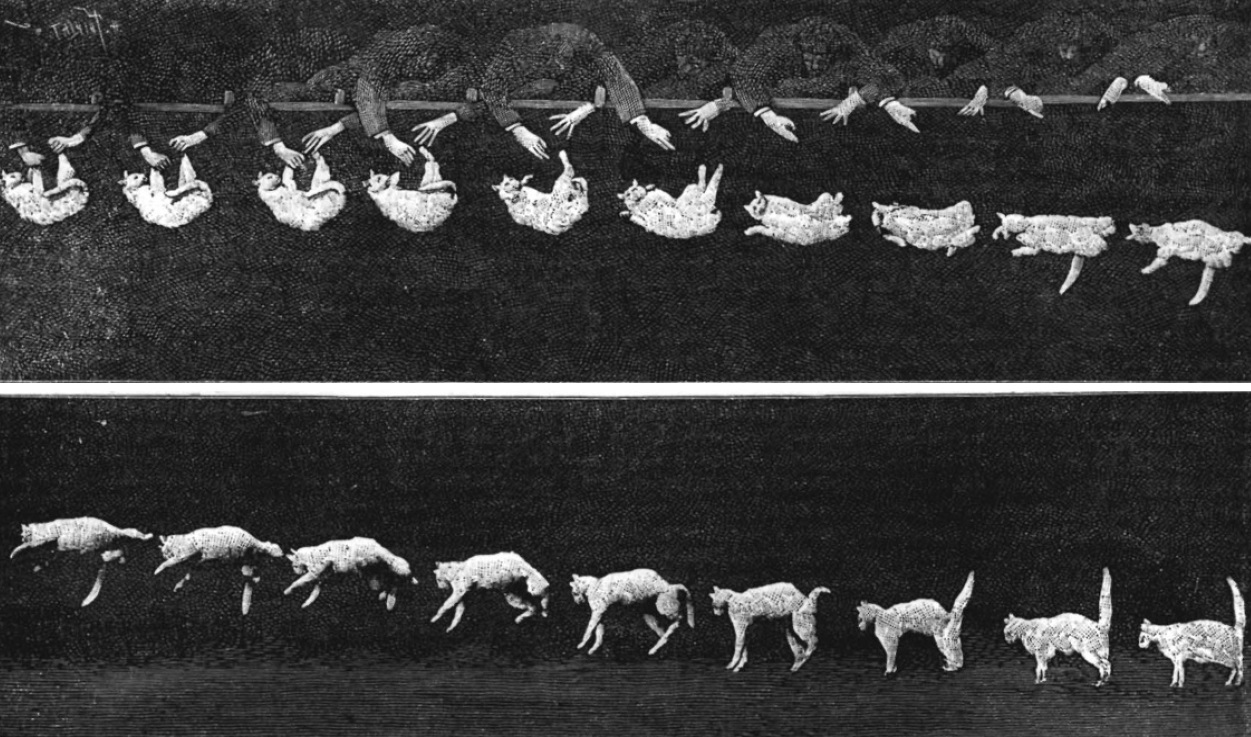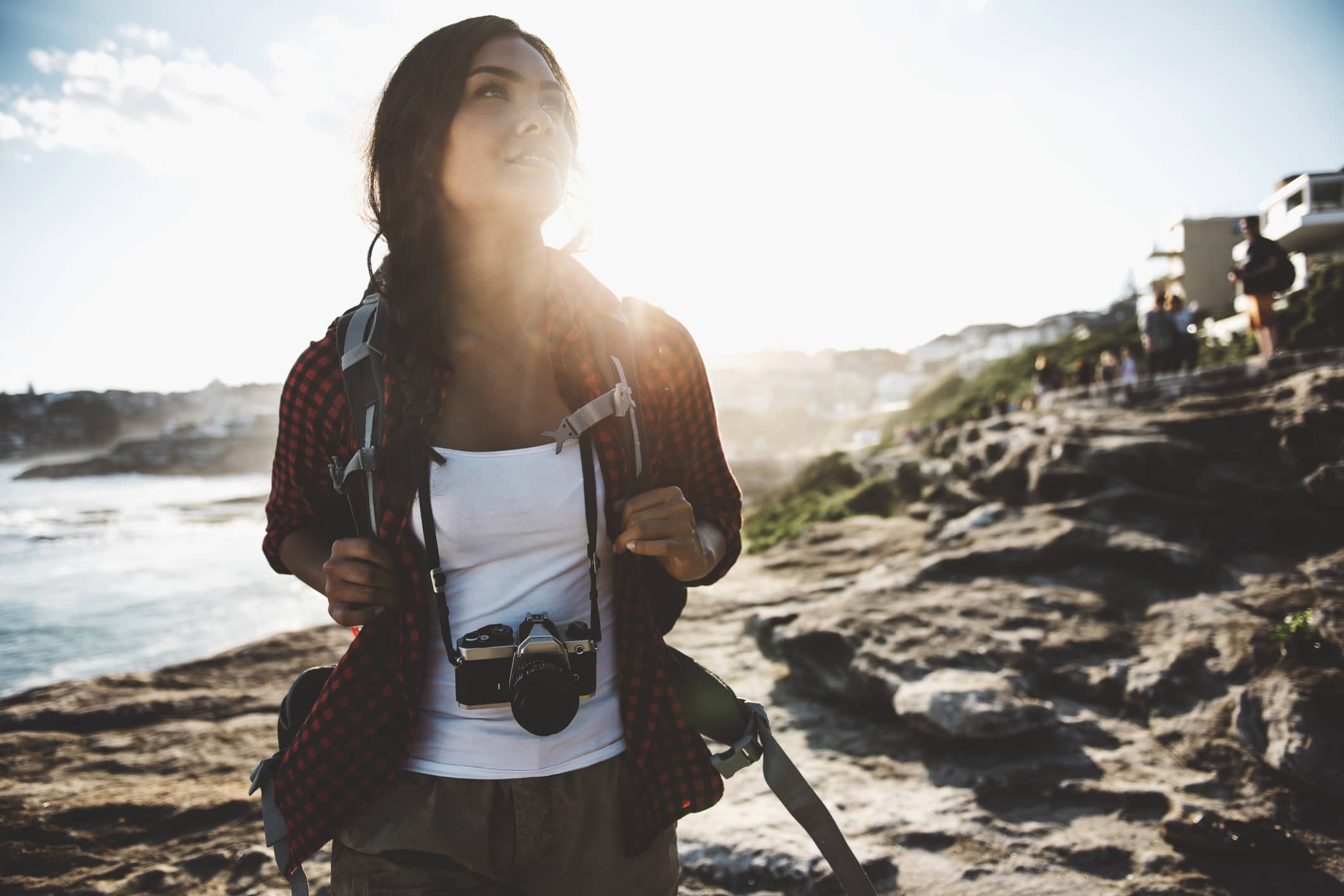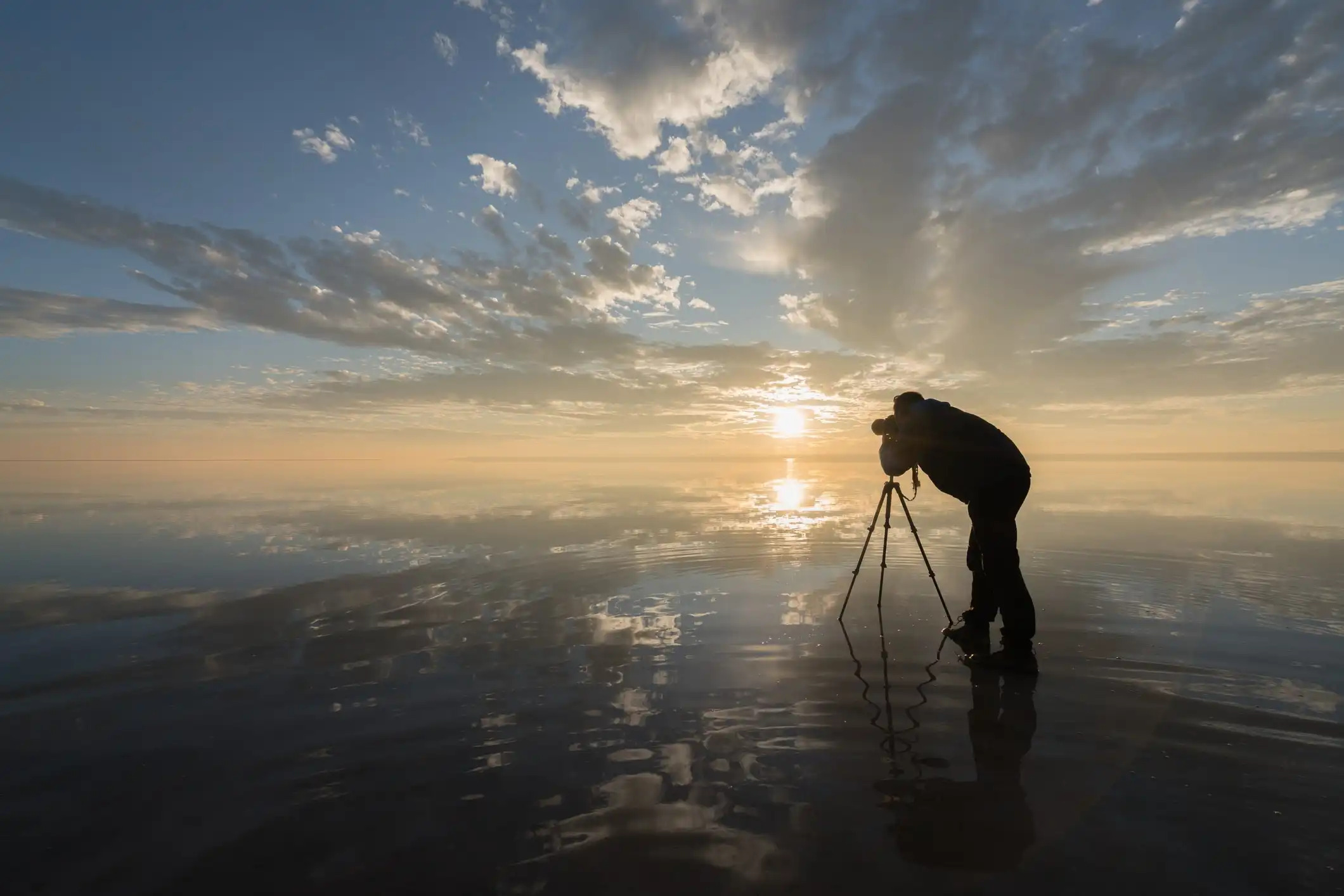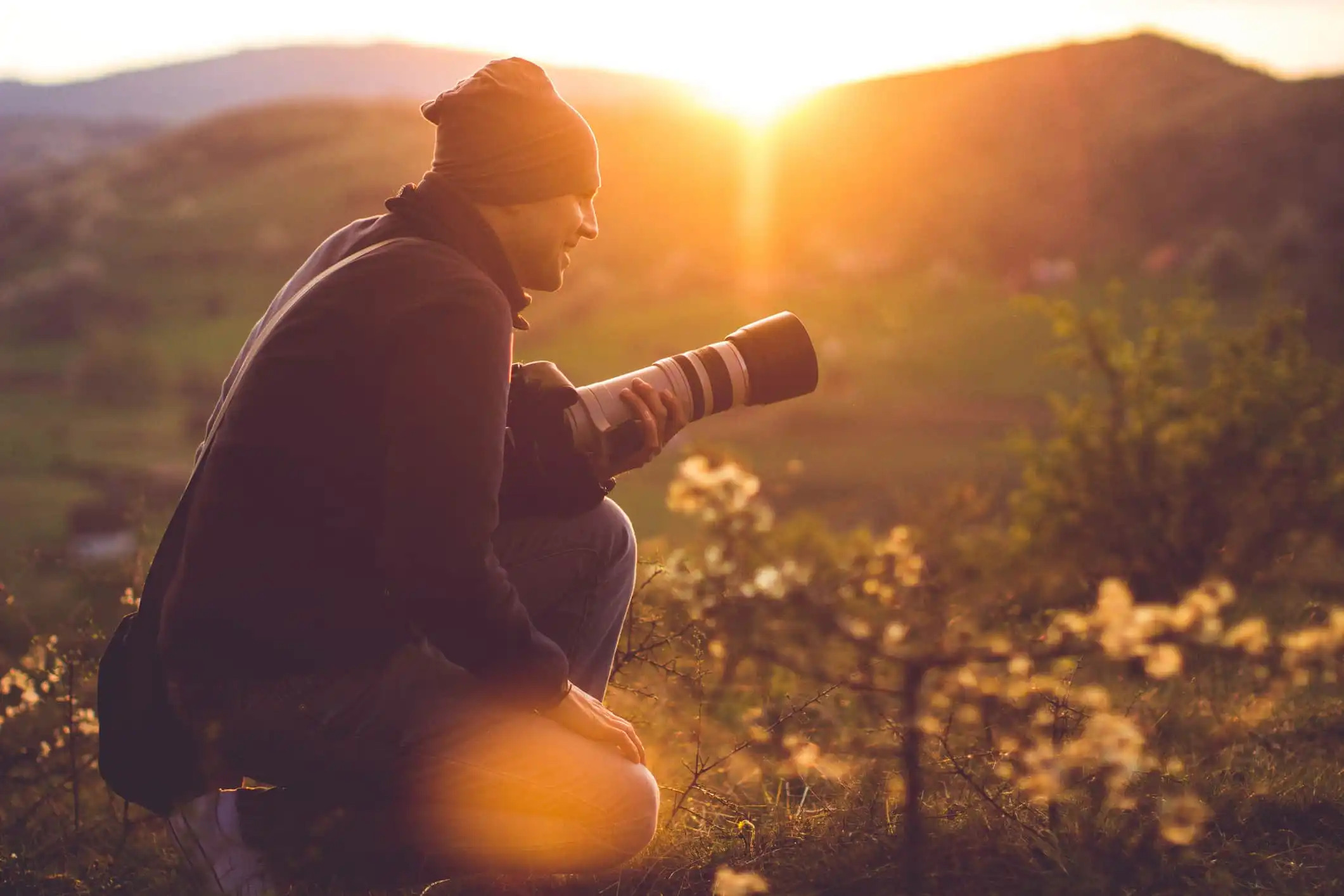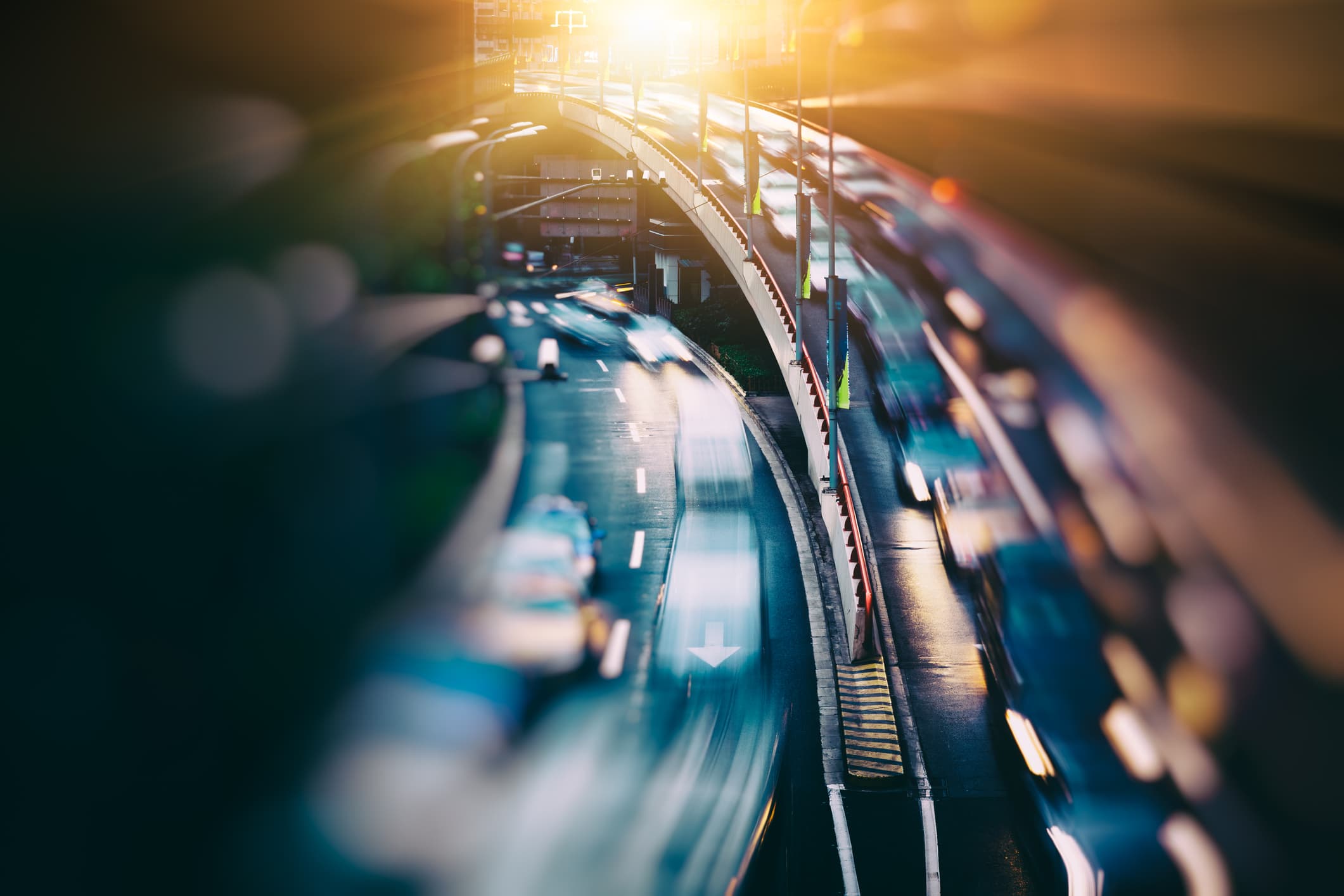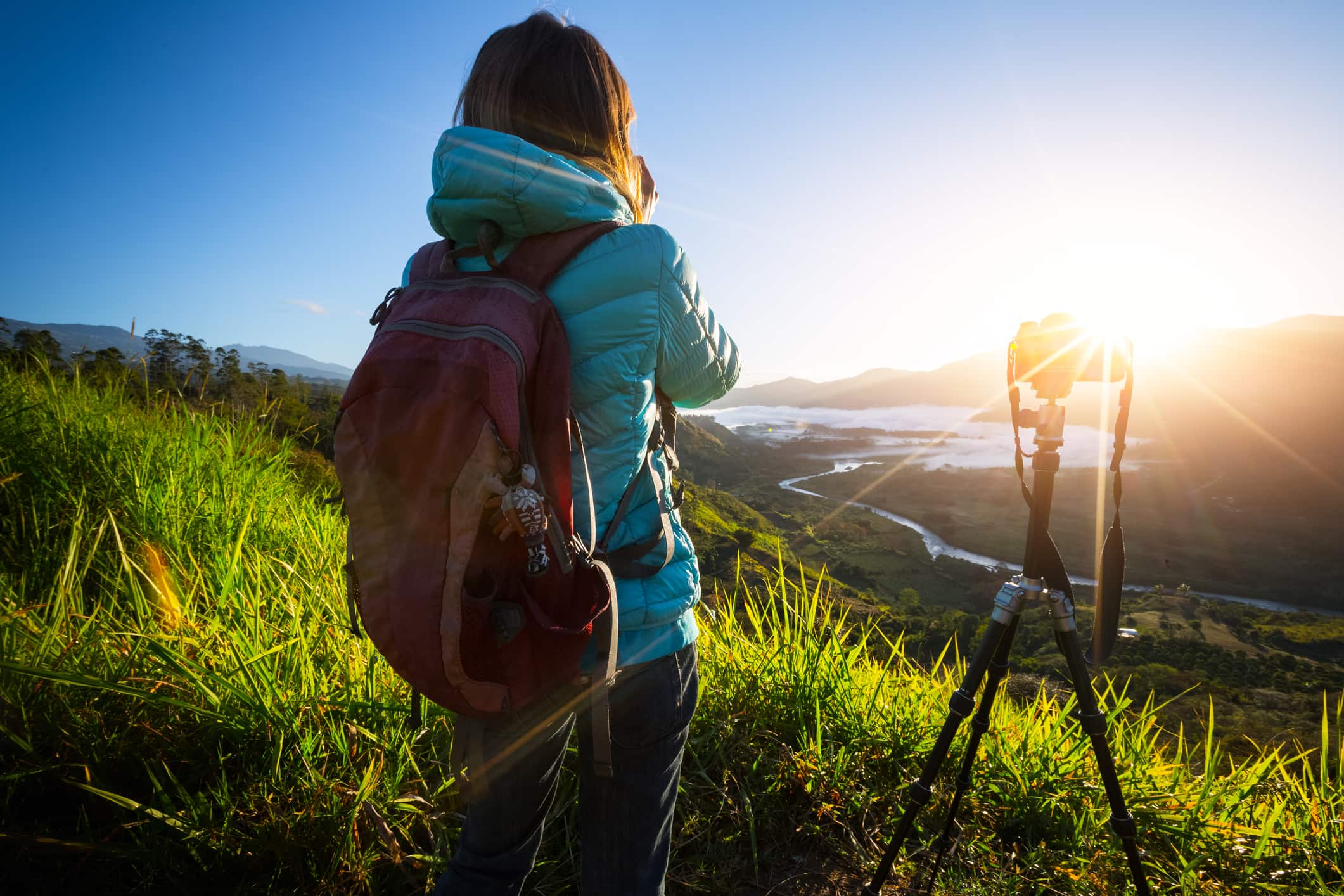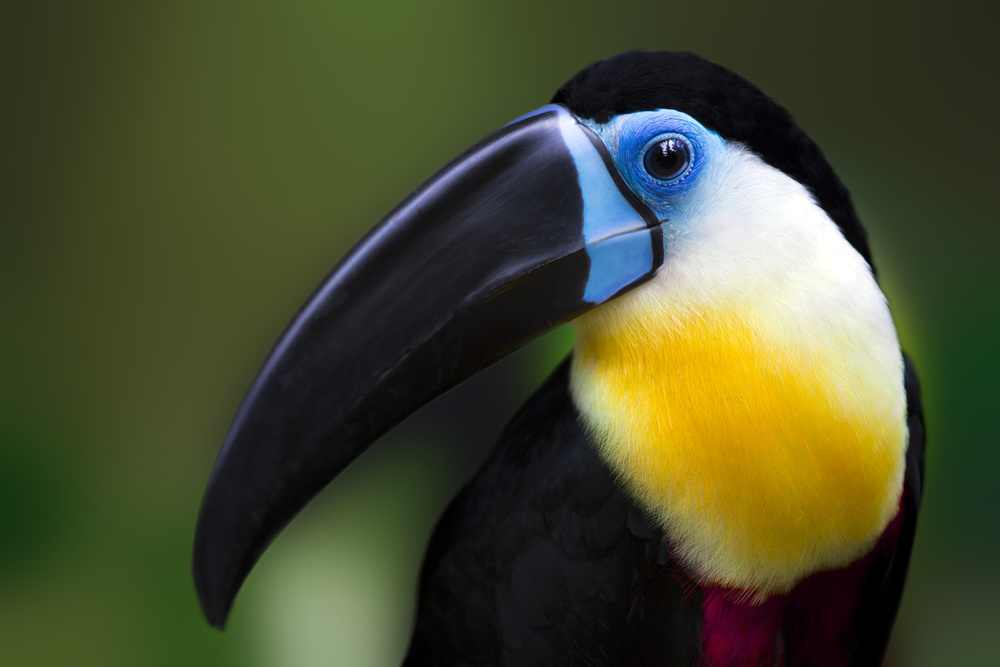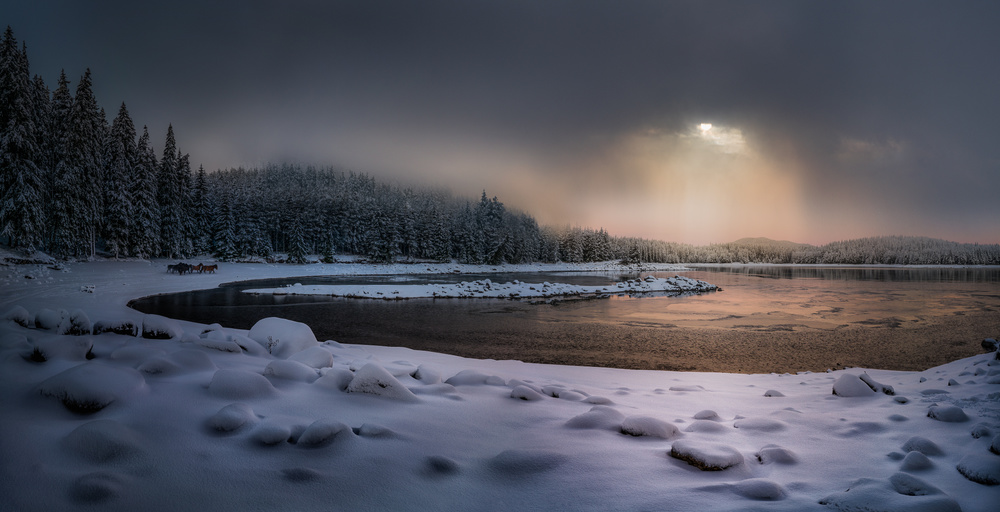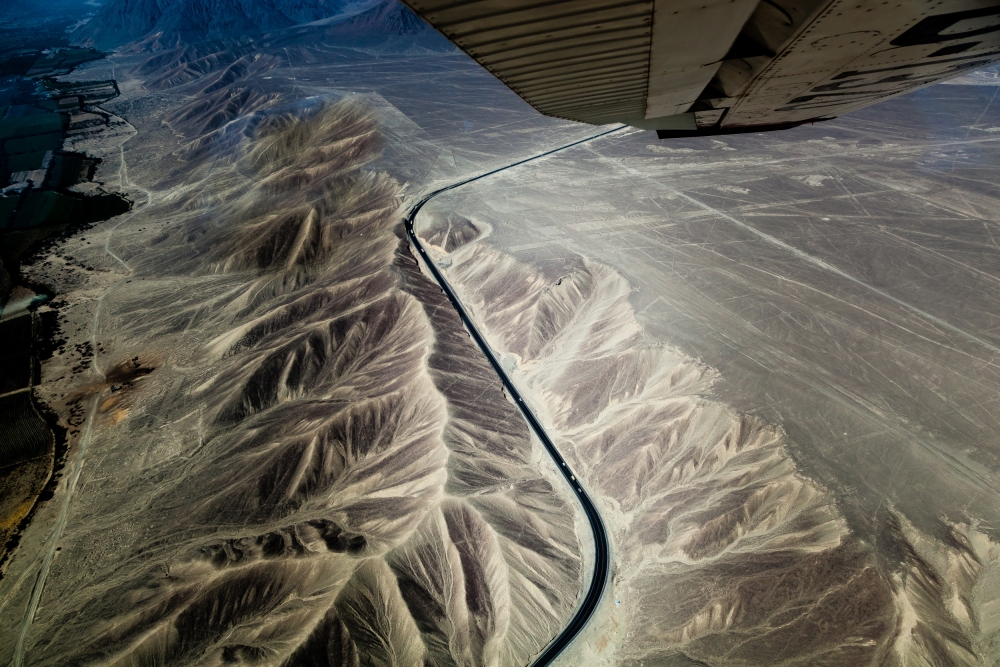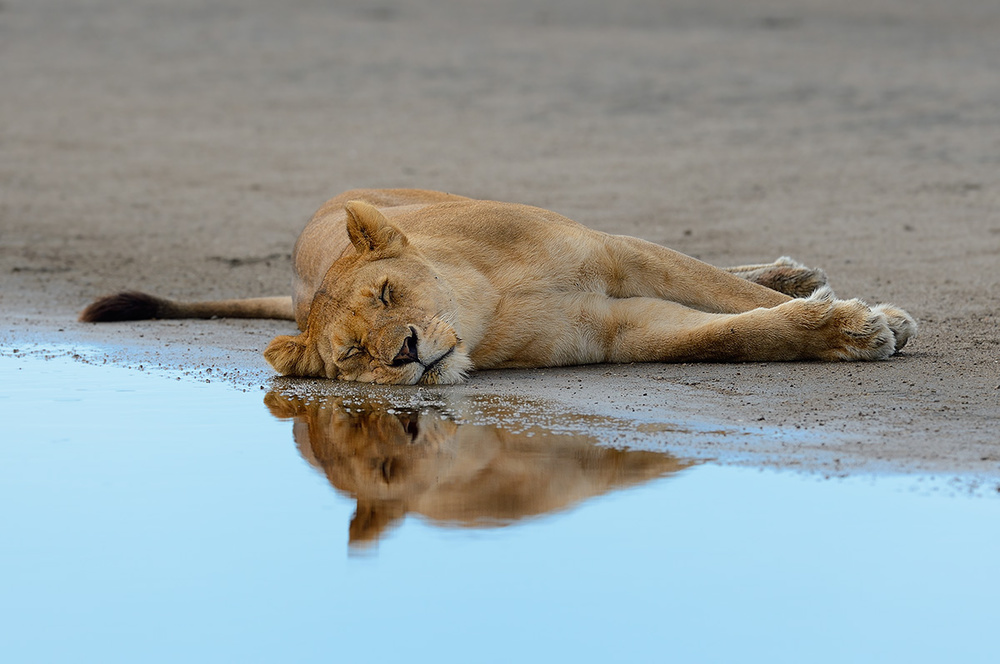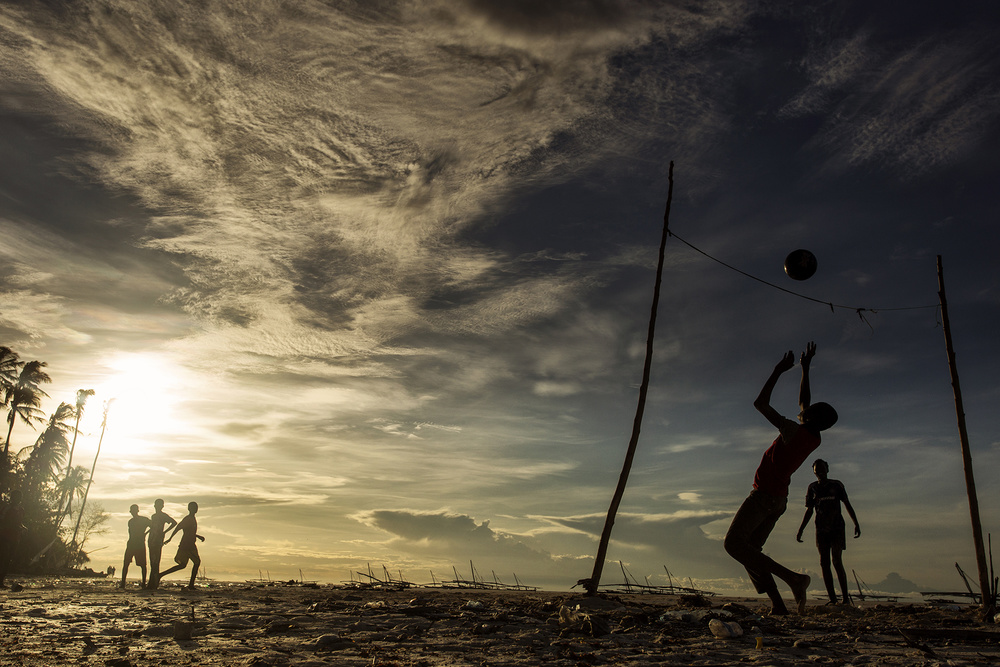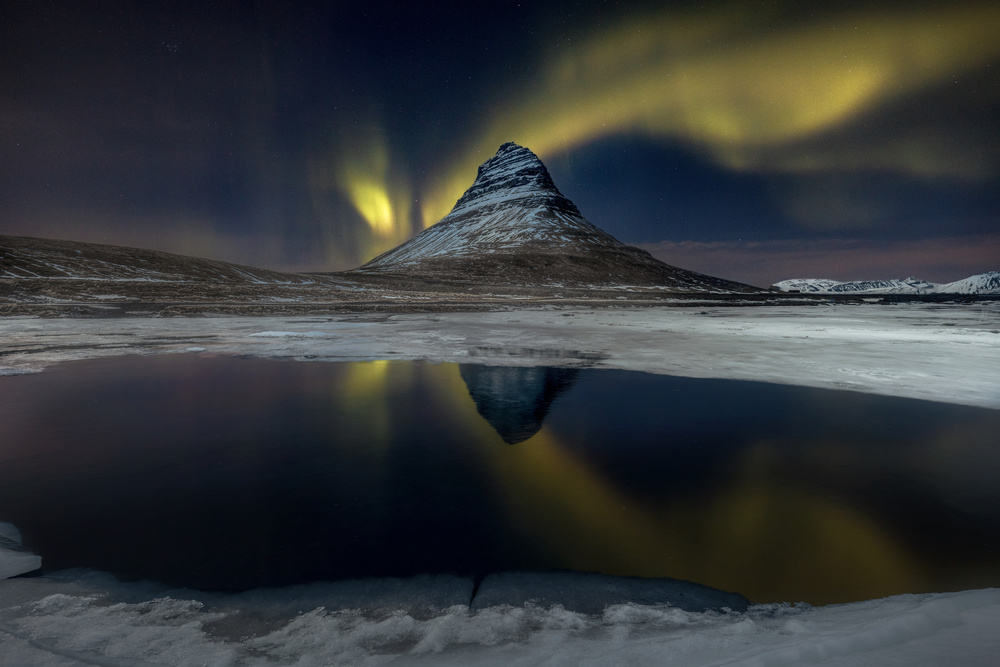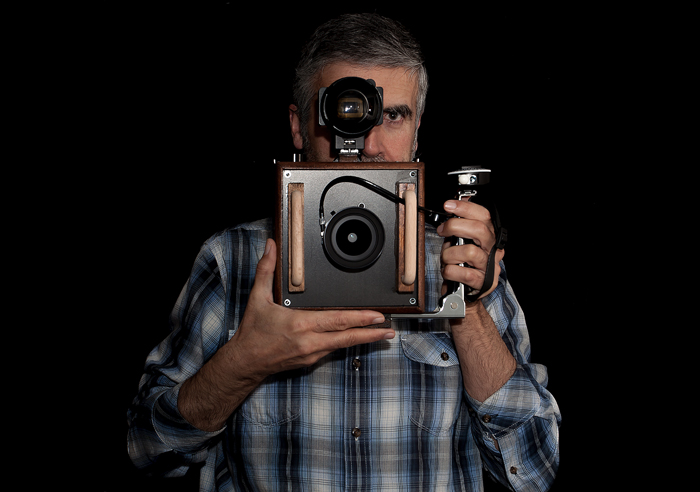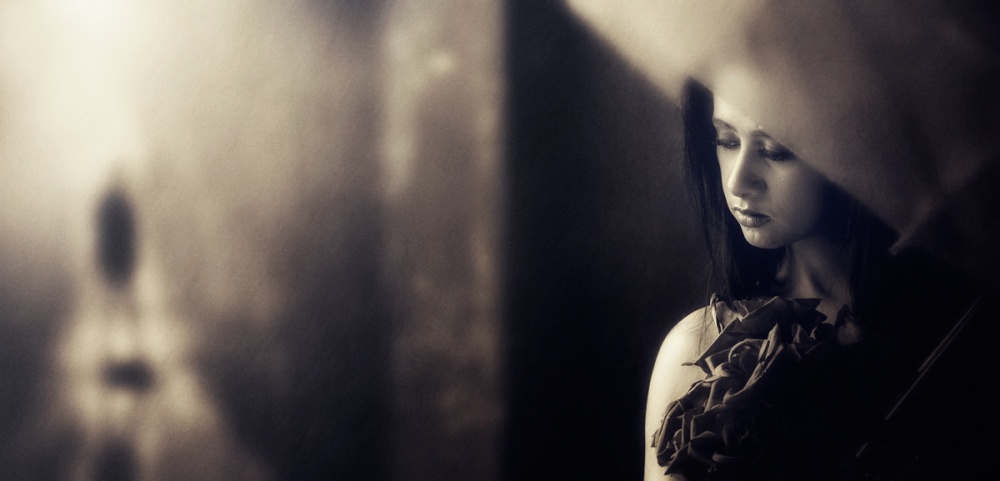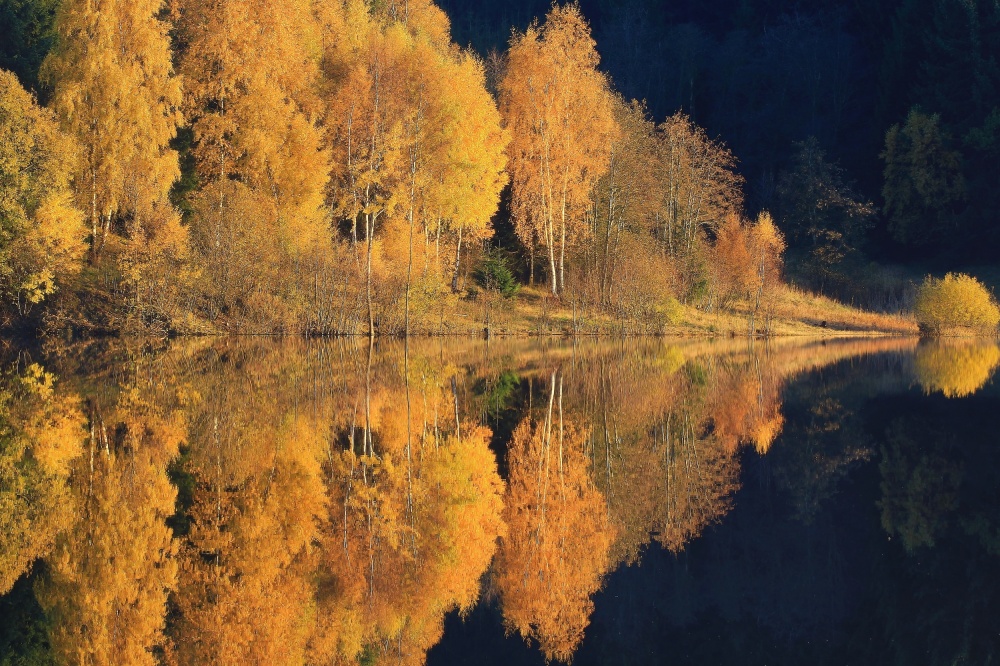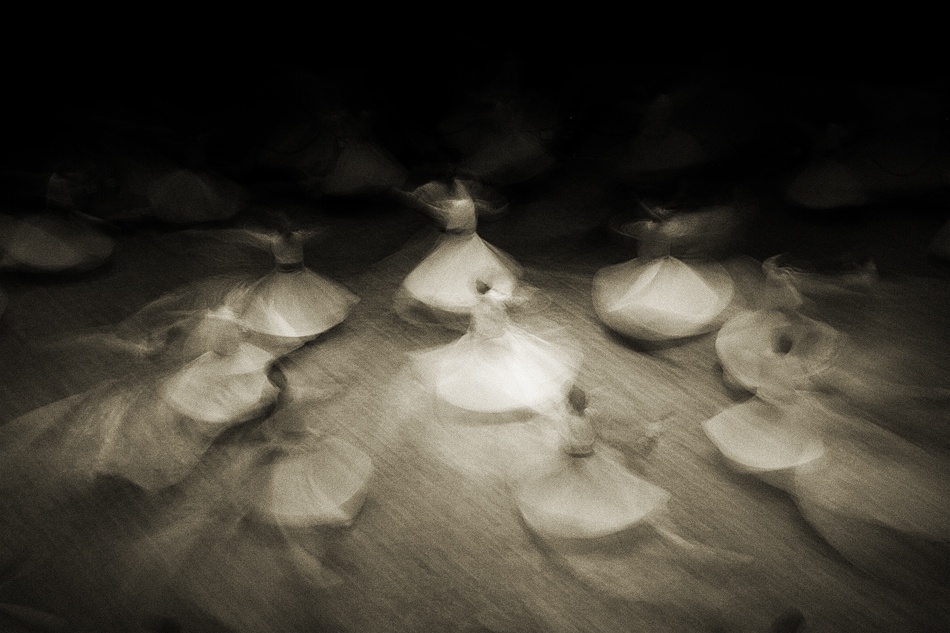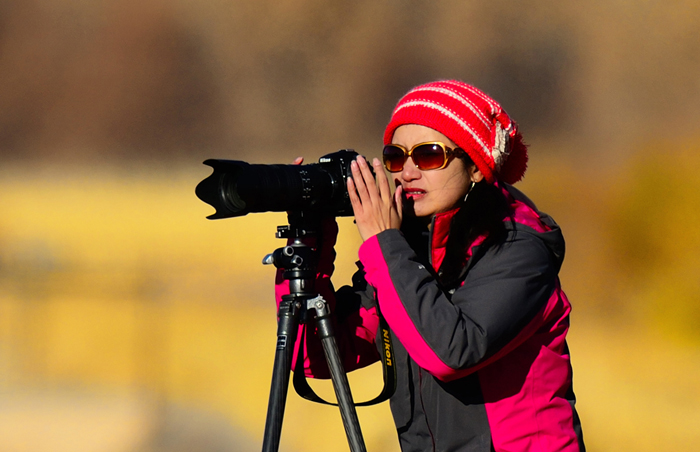Tips & Tricks
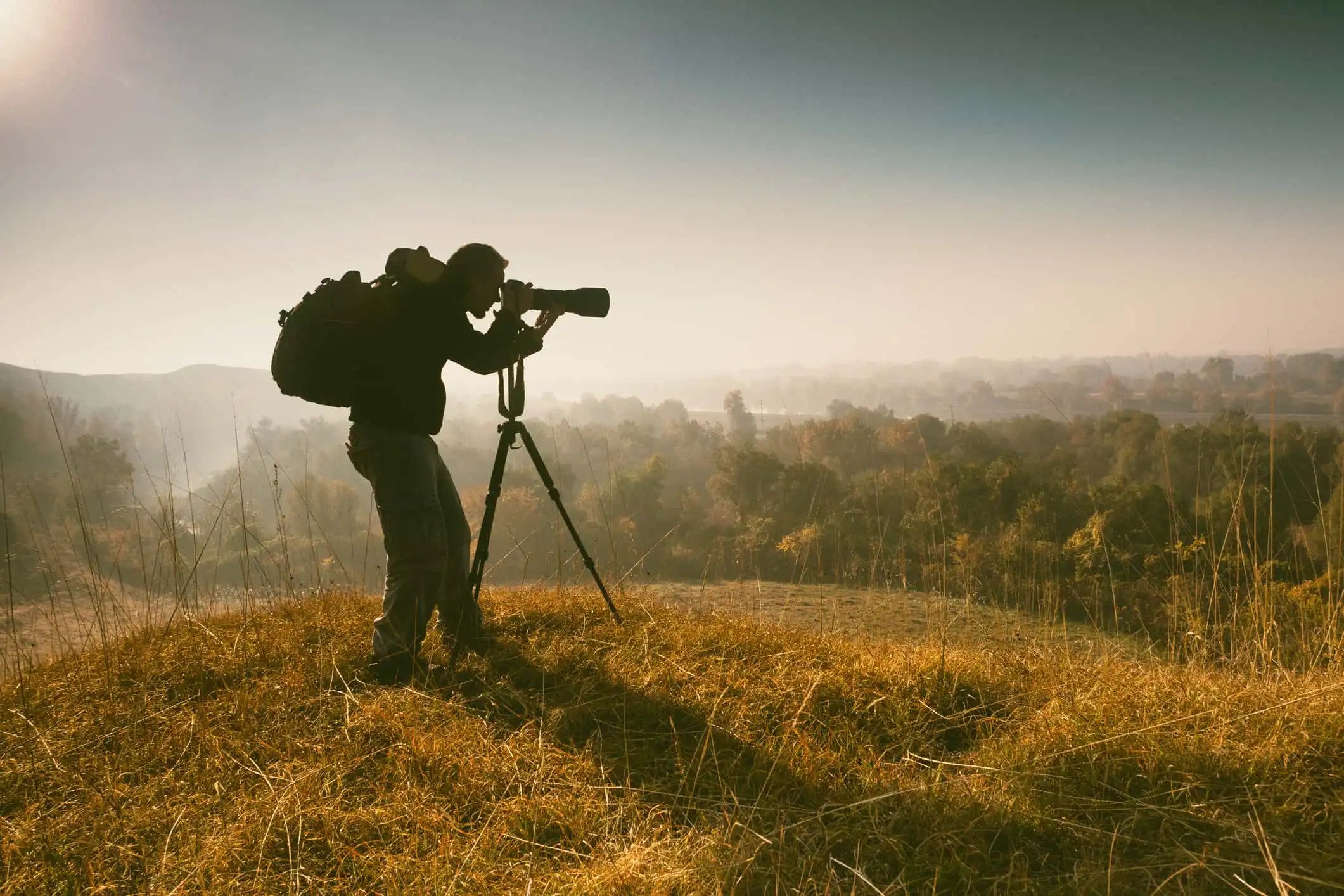
Don't Make These Landscape Photography Mistakes in 2018
Photography Talk
The great thing about this time of year is that you have a whole new year to look forward to.
It's also a great time to reflect on how things went this year, and identify a few things to work on to make next year even better.
That's true of a lot of things, including photography.
With that in mind, here's a few landscape photography mistakes you'll want to avoid in the coming year.
Mistake #1: Shooting Without Filters
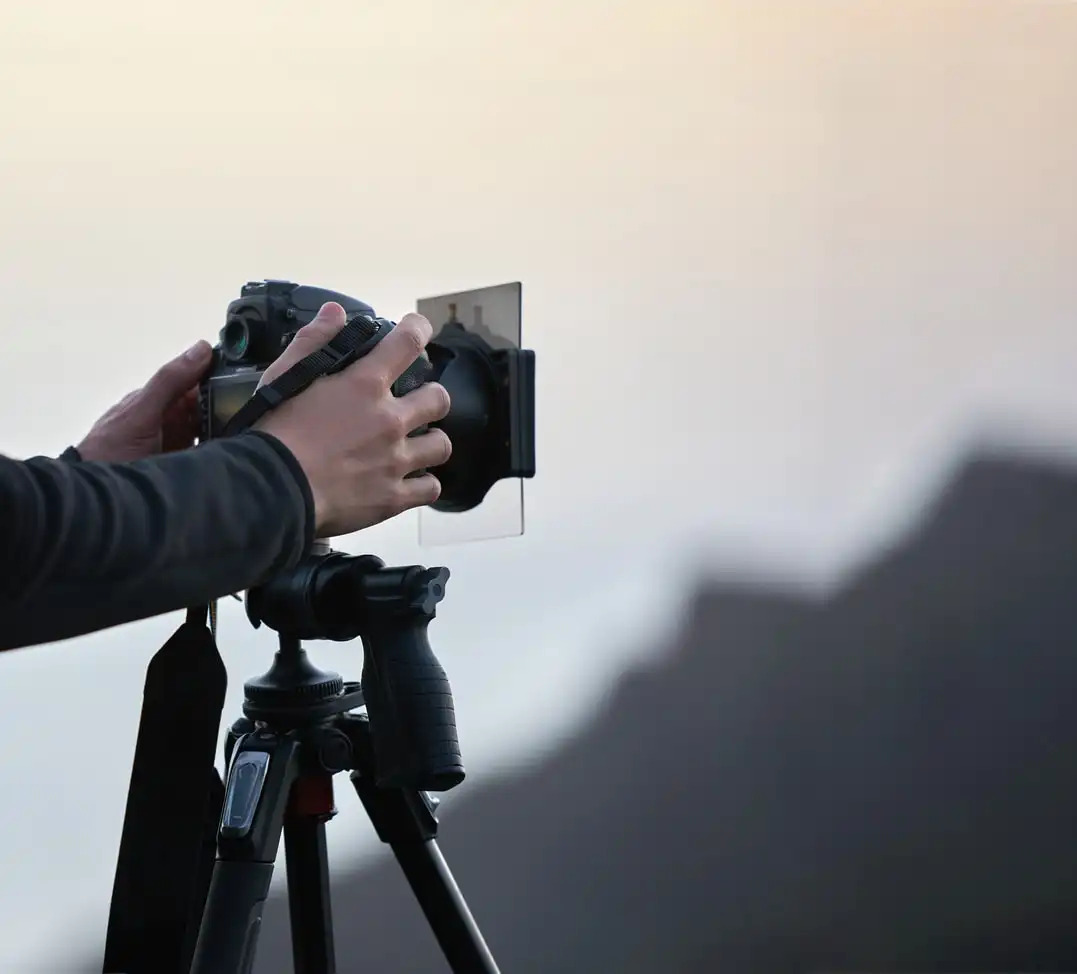
One of the most important photography accessories that a landscape photographer can own is a set of high-quality filters.
Yet for some reason, a lot of photographers shoot without filters...
I think part of the reason for that is that they think that they can add similar effects in post-processing, which is true.
However, the quality of those effects just isn't the same as can be achieved in-camera with some awesome filters.

When it comes down to it, there are just a few essential filters you need, each of which can completely change how your photos look:
- A polarizing filter, which eliminates glare off of water and other non-metallic surfaces, in addition to reducing atmospheric haze and increasing contrast in the sky.
- A graduated ND filter, which evens out the dynamic range between a bright sky and a dark foreground.
- A ND filter, which allows you to use a much slower shutter speed during the daytime to get gorgeously blurred movement, as seen above.
There are other filters you can buy - reverse ND grads for sunrise and sunset shooting, UV filters to protect your lens from dirt, grime, and scratches, and even specialized filters like infrared.
However, the three listed above should be the first ones you buy, as they offer the most in terms of what they can do to improve your shots.
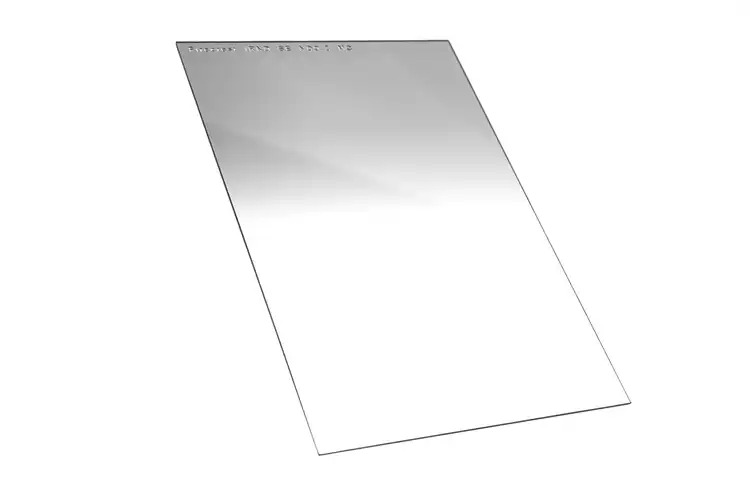
But buyer beware...not all filters are made alike.
You want to invest in filters that are high-quality and made to last, like those from Formatt-Hitech.
Their Firecrest line of filters is second-to-none, with excellent performance that offers incredible clarity, sharpness, and color fidelity.
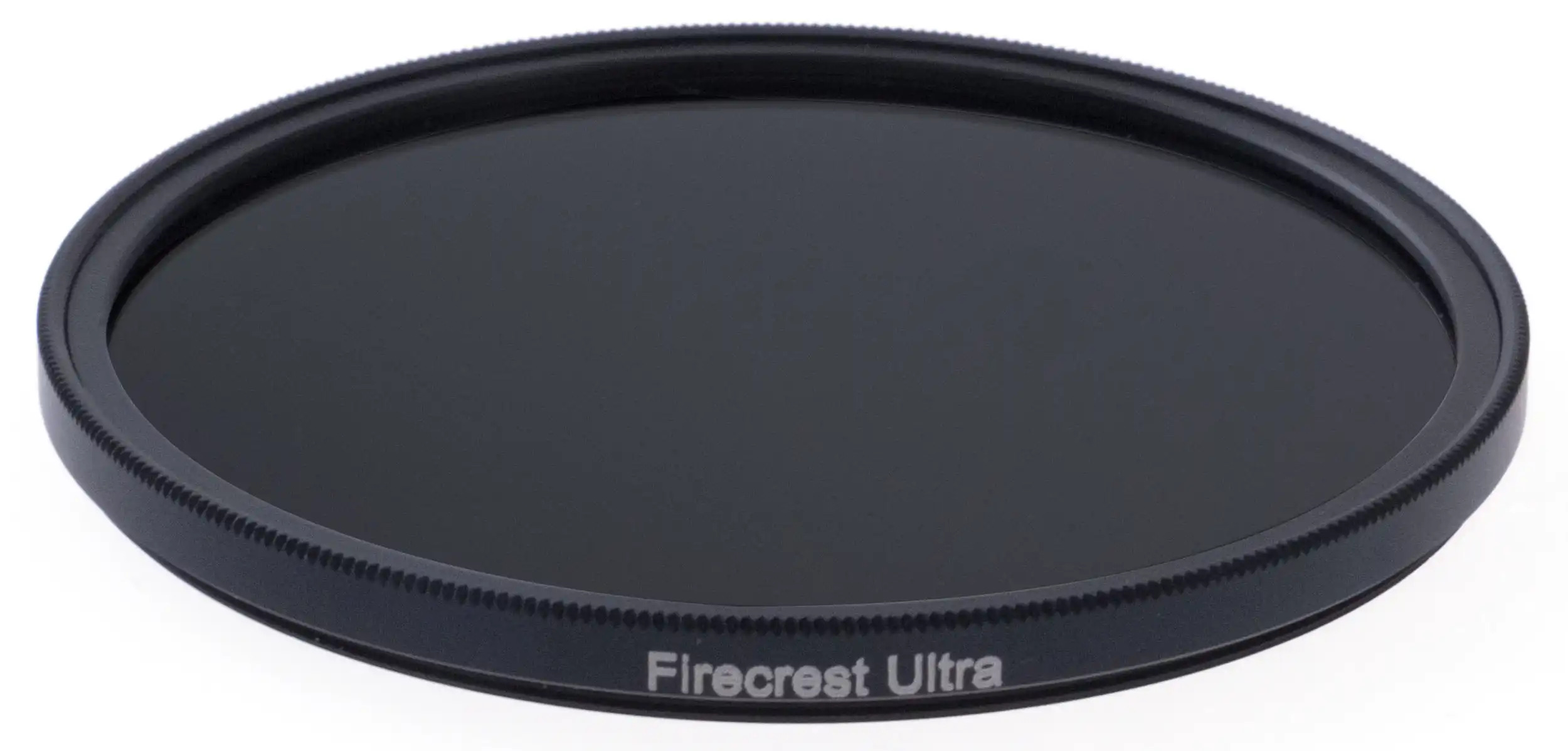
And now Formatt-Hitech offers a line of Firecrest Ultra filters which take performance to the next level, with a lap and polish process that was previously only used on cinema grade filters.
In other words, now more than ever, lens filters are a must-have, and Formatt-Hitech has all the filters you could possibly need!
Learn More:
- Get the Specs and Pricing on Formatt-Hitech Photo Filters
- Explore Formatt-Hitech's Photo Filter Kits
Mistake #2: Only Shooting in Horizontal Format

Just because you're photographing a landscape doesn't mean that you have to photograph it in landscape, or horizontal, format.
In many cases, landscape format works great as it helps you capture the width of the scene.
However, sometimes, landscapes are best viewed in portrait orientation, particularly if the subject is tall, like a waterfall or mountain peak.
Portrait format is also ideal for situations in which there's a lot of foreground interest, background interest, or both.
In the new year, endeavor to take more portrait format landscape shots, and you'll find that it will help you develop your creative eye for creating more dramatic landscapes.
Mistake #3: Shooting With the Crowd
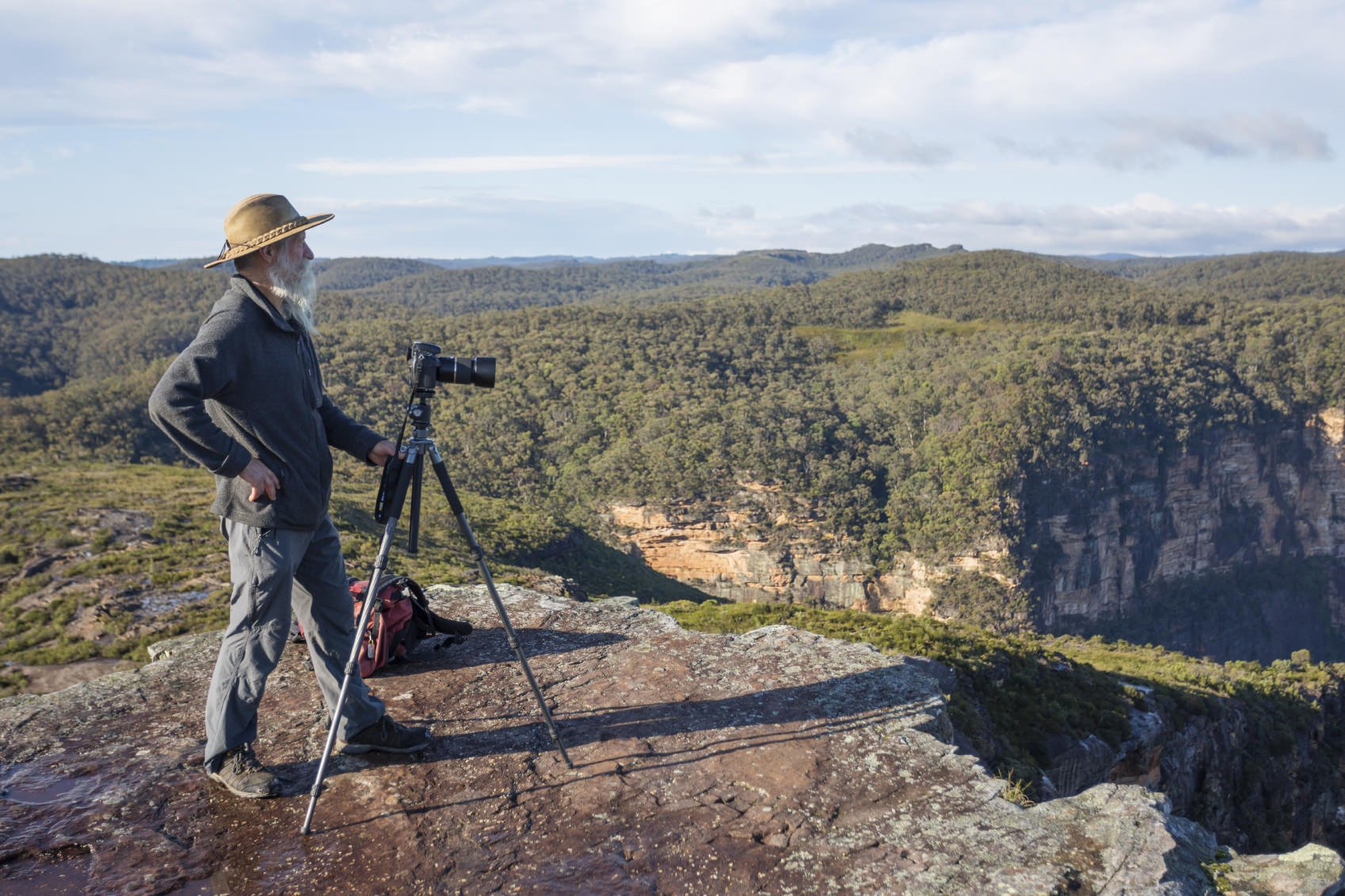
It always amazes me when I'm at a popular landscape spot like Yosemite how many people stand in the same spot and photograph the same thing.
For starters, jockeying for the best position amongst a group of photographers is never fun.
Beyond that, the chances are good that if there's a huge group of folks in one spot, that that spot is iconic, and that your photos probably won't seem as awesome when compared to whatever famous photographer made that spot iconic in the first place.
So, if you want to create a landscape photo that's more unique and offers a different perspective on the scene before you, seek out a new spot from which to photograph it, and avoid those big groups of photographers.
Learn More:
Mistake #4: Not Having a Strong Subject

One of the biggest problems of photographing a landscape, particularly for beginners, is the desire to include as much of the scene in the shot as possible.
The issue with doing so is twofold - on the one hand, you can overwhelm the viewer with details, which makes the shot feel muddled, and on the other hand, including everything in sight into the shot will likely diminish the visual impact of the subject.
For those reasons, it's important to strive to include a strong subject in every landscape photo you take.
Subjects can be strong and impactful for a variety of reasons - their size, their shape, their position in the shot, their color, and even their lightness or darkness.

Furthermore, the strength of the subject can be accentuated by using visual tricks like leading lines.
Leading lines help direct the viewer's eye so that you can take them on a journey through the shot.
For landscapes, rivers, fences, roads, pathways, and even the crest of a sand dune are just a few options for leading lines.
Mistake #5: Using Your Camera's Landscape Mode
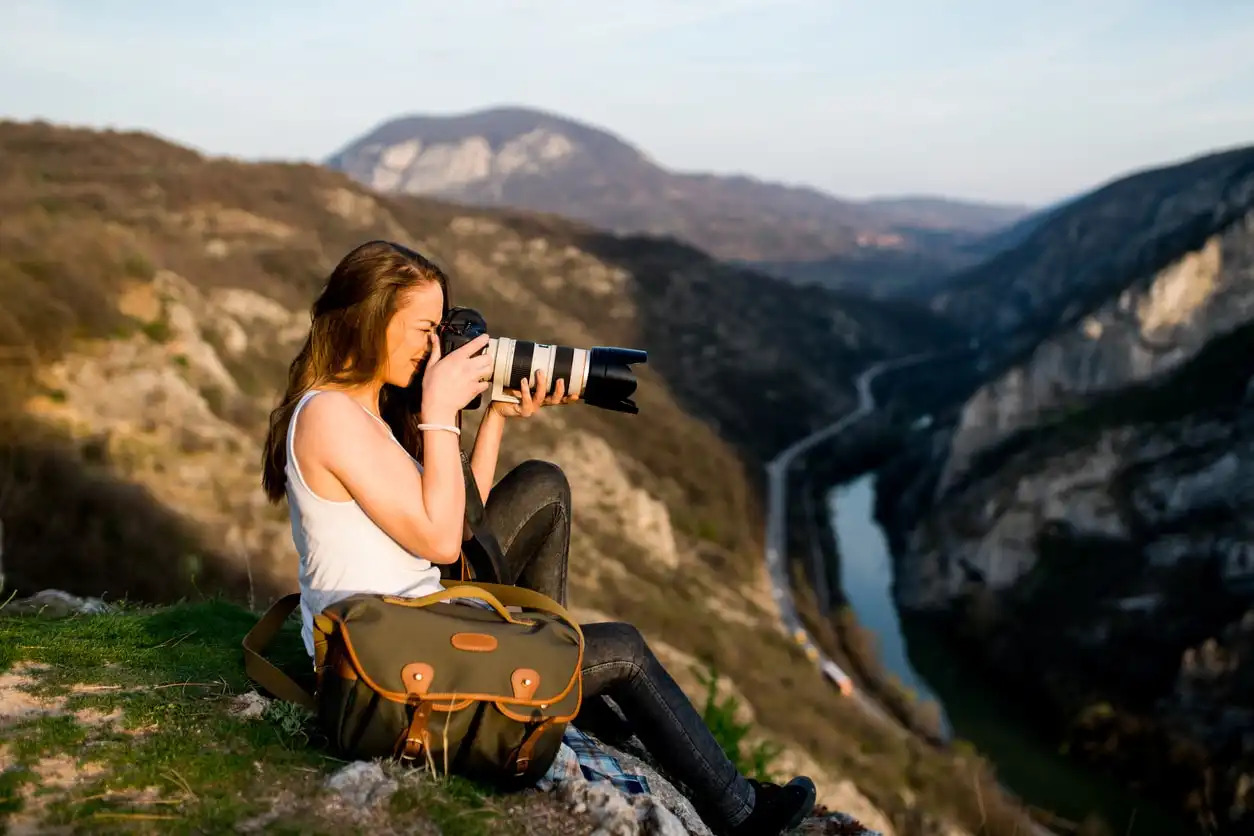
Just because most cameras have a landscape setting doesn't mean that you should use it.
For starters, landscape mode is fully automatic, so you have no say over the exposure settings, white balance, and so forth.
Secondly, the aperture it selects may or may not be ideal for depth of field purposes, so you might find that part of the shot isn't even in focus.
Apart from that, relying on automatic modes won't do you in favors in the long run because at some point you need to learn how to use your camera's manual controls.
Since the new year is fast-approaching, what better time than the present to learn how to shoot in manual mode, or at the very least, one of your camera's semi-automatic modes?

